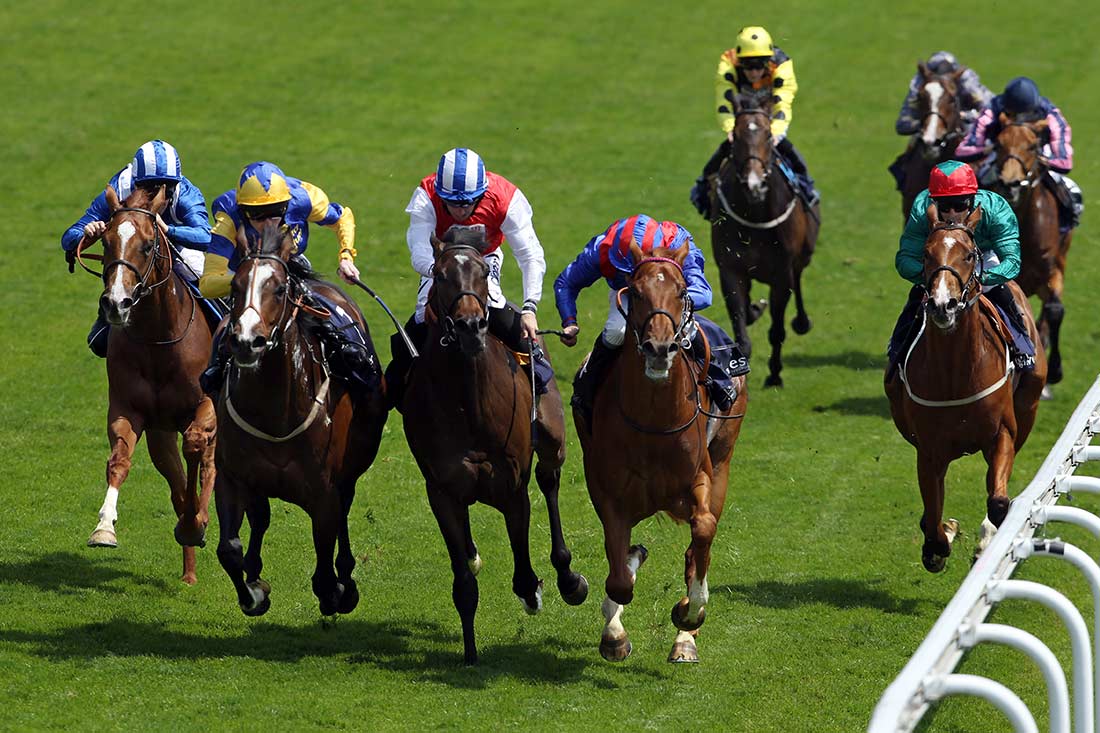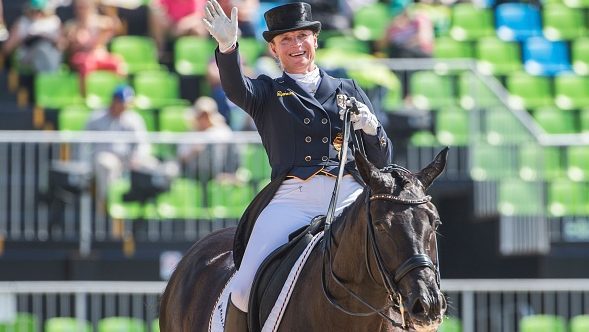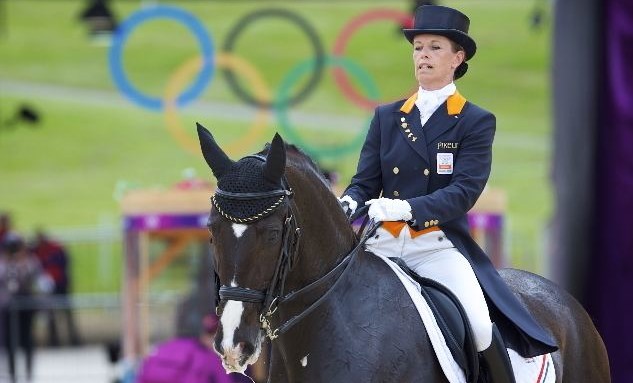
To many people, horses were treated like workers or as a source of food. This, however, wasn’t the same for the ancient horse owners in Greece. To them, having a horse was a symbol of status, and only the elite owned them. A horse was a symbol of prestige and an indication of wealth. The wealthy Greeks registered their horses in athletic competitions, used them for battles, and paraded them in processions.
Horse sports such as chariot racing and horse racing first took place in the late eighth century. Still, neither of them participated in the Olympics at the time. Horse racing, also known as equestrian sports, entered the Olympics in 1900. At this time, only the rich entered the competitions, but they did not participate directly. A jockey rode the horses in their places, and if they happened to win, the trophy would be presented to the horse owner. Women and children became horse racing victors.
The horse races were organized in four different events, namely, two-horse chariot, four-horse chariot, and a horse with a rider. During its debut in 1900, the first equestrian event was held in Paris, France. Horse racing then disappeared and reappeared in 1912, and up to now, it’s one of the events held at the Summer Olympic Games.
The Best Horse Racers Who Participated
Through 1948, only active-duty officers riding military horses participated in Olympic equestrian events. After 1952, civilians were allowed to also participate after the effects of warfare reduced the number of members of the military.
Clarence von Rosen is documented as the first horse racing true Olympic hero. He was the Master of the Horse to the Swedish King, who also ensured horse sports would become a part of the 1912 Games held in Stockholm.
Jean Cariou from France became the first jumping gold medalist in Mignon. He won the medal in a course consisting of 15 obstacles, with four of them needing to be jumped twice at a maximum height of 1.4m.
In the first eventing championships, Axel Nordlander won both individual and team gold on Lady Artist for Sweden. The competition consisted of an endurance race of 55km, cross-country race of 5km, steeplechase of 3.5km, jumping 15 obstacles, and dressage.
Record Holders
Isabell Werth

The German rider, Isabell Werth, is the highest-ranked equestrian in the Olympic Games, having won six gold medals and four silver medals between 1992 and 2016. The dressage equestrian has competed in the Olympics 10 times. She is documented as the most successful dressage rider.
Reiner Klimke
Klimke is a male rider from Germany holding the record as the best male all-time performing equestrian athlete having won six gold medals and two bronze between the period of 1964 and 1988. His enthusiasm and deep respect fueled his perfection and victories on dressage events.
Hans Gunter Winkler
Winkler is another equestrian champion with up to seven medals, 5 of them gold under his name. He has a record of winning gold medals for both individual and team showjumping. He also led his German team to win a bronze and silver medal.
Anky van Grunsven

Grunsven is another great female equestrian from Holland who has managed to set a record of three successive Olympic wins in dressage. She won most of her competitions riding two of her favorite horses, Bonfire and Salinero, and also won several medals with them.
Along with these champions, the record holder for the oldest rider went to Arthur von Pongracz from Australia, who participated in the 1936 Summer Olympics at 72 years old while the youngest is Luiza Almeida from Brazil having participated in 2008 Summer Olympics at 16 years old.
Different Types of Horse Racing Events
The equestrian games introduced in the Olympics in the early 20th century include dressage, show jumping, and eventing. These events are further divided to form 6 categories each participated in by both men and women equally. The six types include dressage individual, dressage team, jumping individual, jumping team, eventing individual, and eventing team.
Dressage
Dressage takes two forms; dressage individual and dressage team competitions. Both involve training horses to carry their riders with grace and ease to demonstrate the level of training the rider, and the horse has attained.
Horses are ridden at different speeds and paces. The horses will also be directed to move in circles, straight lines, sideways in place, and diagonally. The movements also involve horses in “collection,” which includes higher elevation of the legs and back as well as “extension” where the horse reaches furthest with its legs with the neck and back still in the elevated frame. The main purpose of dressage competition is to display the most advanced and refined riding skills.
Show Jumping
In showjumping, an individual rider or team with their horses showcase jumping skills over a series of obstacles. The competitions take place inside a riding ring over a present course of 10 to 16 jumps, which are 6ft and 6in high and wide.
The courses feature tricky turns and colorful obstacles meant to challenge both the horse and the rider’s physical and mental agility. There is also a set time to finish the race with faults such as knocking the rails down subjected to penalties.
Eventing
Eventing also takes the form of individual and team competitions and takes three days. During these three days, horses and their riders participate in three disciplines, namely: cross country jumping, dressage, and stadium jumping.
The event tests the courage, skill, endurance, and versatility of the horse and rider. In the cross country jumping, the competition takes place over obstacles in the course, which are both artificial and man-made. The 40 obstacles are up to four meters long, with the scores determined by refusals, time, and falls of the rider.